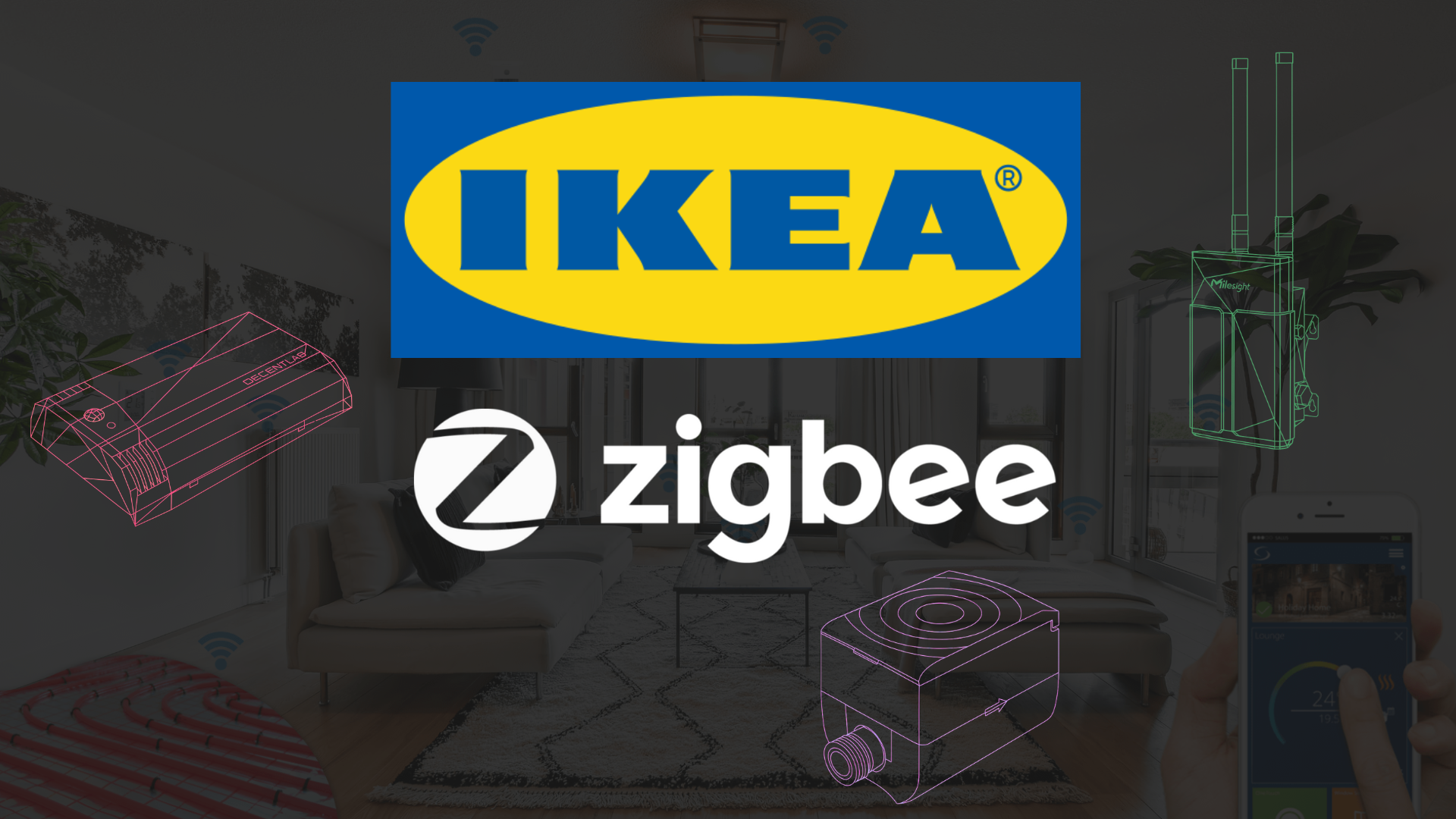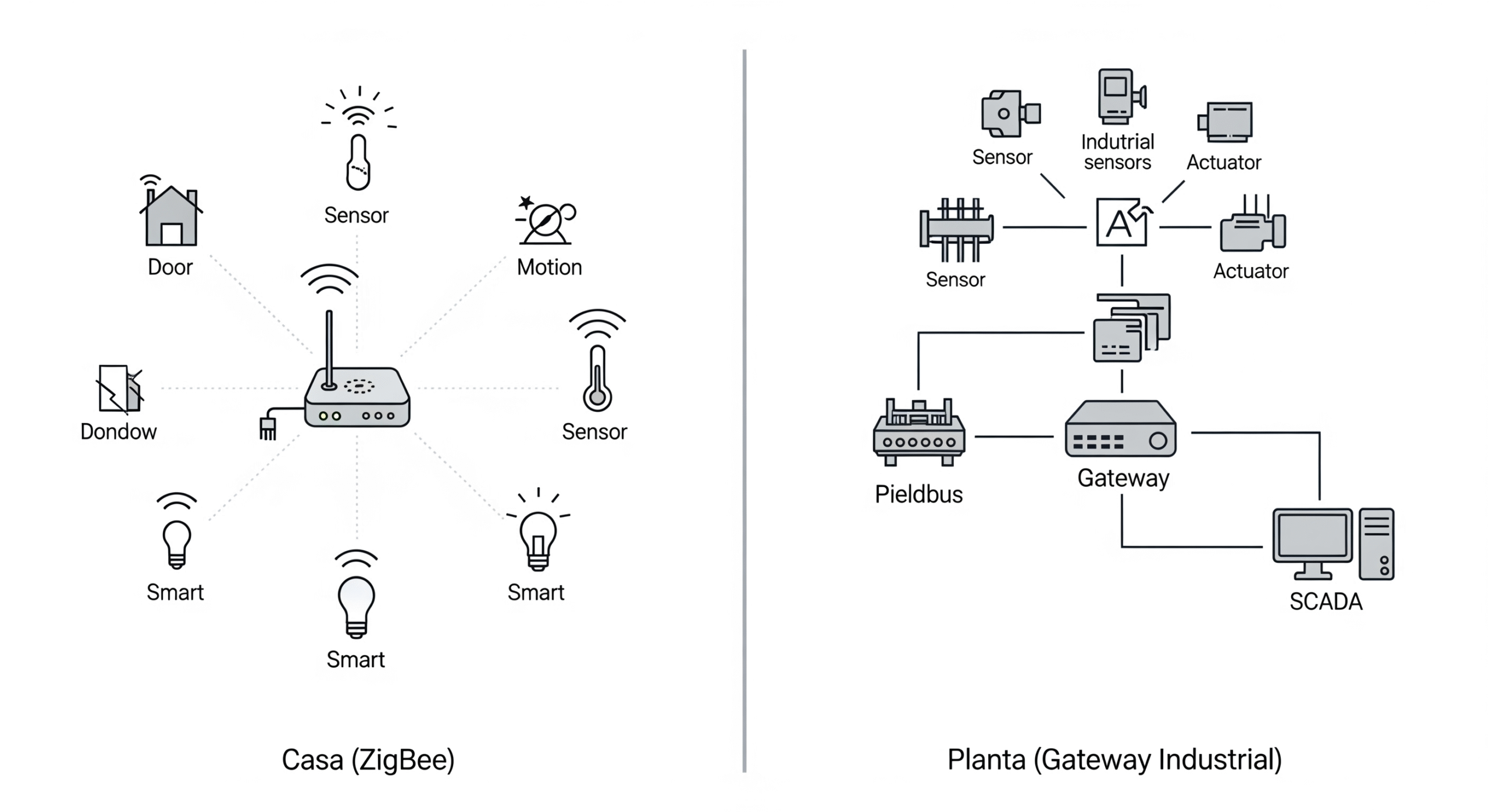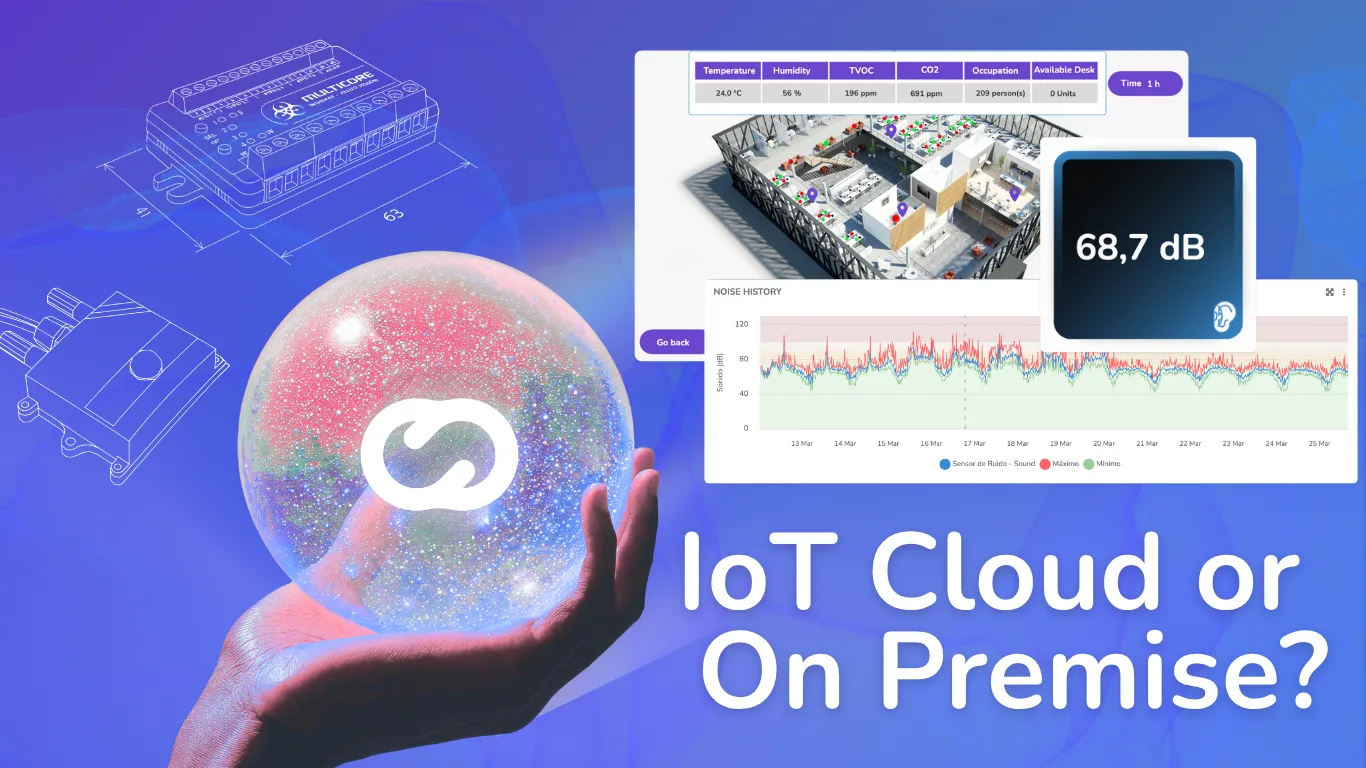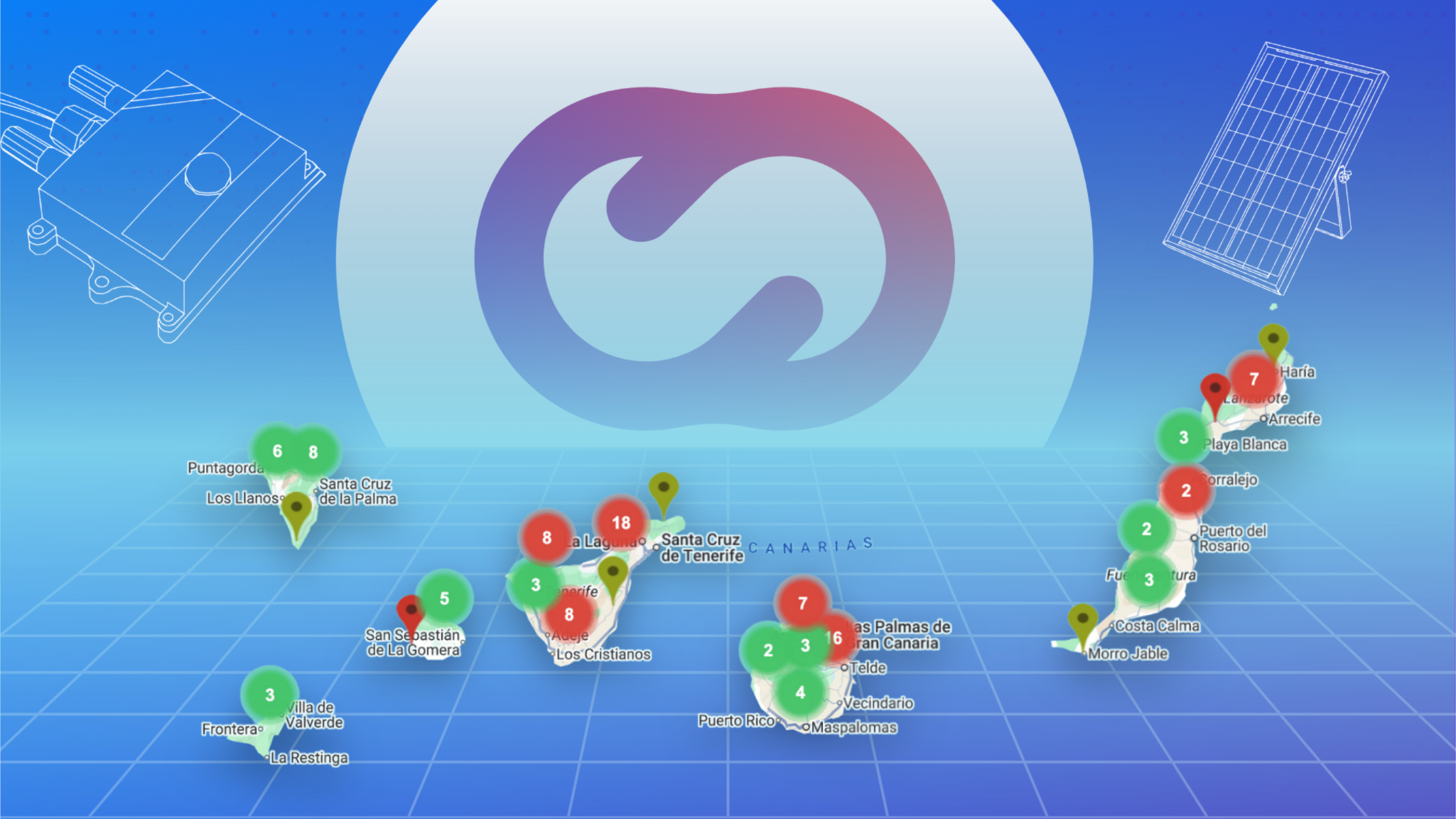Walk into any IKEA store today, and you’ll find smart bulbs, motion sensors, and wireless controllers alongside the Swedish meatballs and flat-pack furniture. But what’s really fascinating isn’t just that IKEA sells smart home productsit’s how they’ve quietly built one of the most successful consumer IoT ecosystems using ZigBee 3.0 technology.
The remarkable thing about IKEA’s approach is that they make IoT “invisible.” When you pair a TRÅDFRI bulb or set up a DIRIGERA hub, the process feels seamless and intuitive. Behind this simplicity, however, lies a sophisticated architecture that shares surprising similarities with industrial IoT deploymentsfrom low-power mesh networks and orchestrating gateways to over-the-air updates and security by design.
Why IKEA Chose ZigBee: The Perfect Protocol for Home Automation
ZigBee might not be as famous as Wi-Fi or Bluetooth, but it’s perfectly suited for smart home applications. Built on the IEEE 802.15.4 standard, ZigBee operates in the 2.4 GHz band with data rates around 250 kbit/s fast enough for smart home commands but slow enough to preserve battery life.
The real magic happens with ZigBee’s self-healing mesh network. Every mains-powered devicelike those IKEA bulbs plugged into your ceiling fixturescan act as a signal repeater. This means your network’s coverage actually grows stronger as you add more devices. It’s the opposite of Wi-Fi, where too many devices can slow everything down.
IKEA’s engineers were also drawn to ZigBee’s interoperability features. The protocol uses standardized “clusters”essentially common vocabularies for functions like On/Off, dimming, color control, and sensor readings. This makes it easier to integrate different brands of devices, though IKEA’s ecosystem is designed to work best with their own products.
The TRÅDFRI gateway (and its newer sibling, DIRIGERA) acts as the brain of the operation, translating between the local ZigBee mesh and your smartphone app or voice assistant.
The Hidden Complexity of “Simple” Pairing
When you press that pair button on an IKEA smart bulb, several sophisticated steps happen in seconds. First, the DIRIGERA hub opens its network for new devices. The bulb announces itself, broadcasting its capabilities and device type.
Next comes the security handshake. ZigBee 3.0 negotiates AES-128 encryption keys to protect all future communications. The hub assigns the device a short 16-bit address for efficient routing and determines which “endpoints” and “clusters” the device supportsessentially mapping out what the device can do.
Finally, the hub takes over orchestration duties. It maintains the device’s state, forwards commands from your phone app, and routes the minimal telemetry needed to keep everything working smoothly.
The “magic” of this experience is that the hub and mesh network solve complex problems like signal coverage and device coordination without you ever having to think about it.
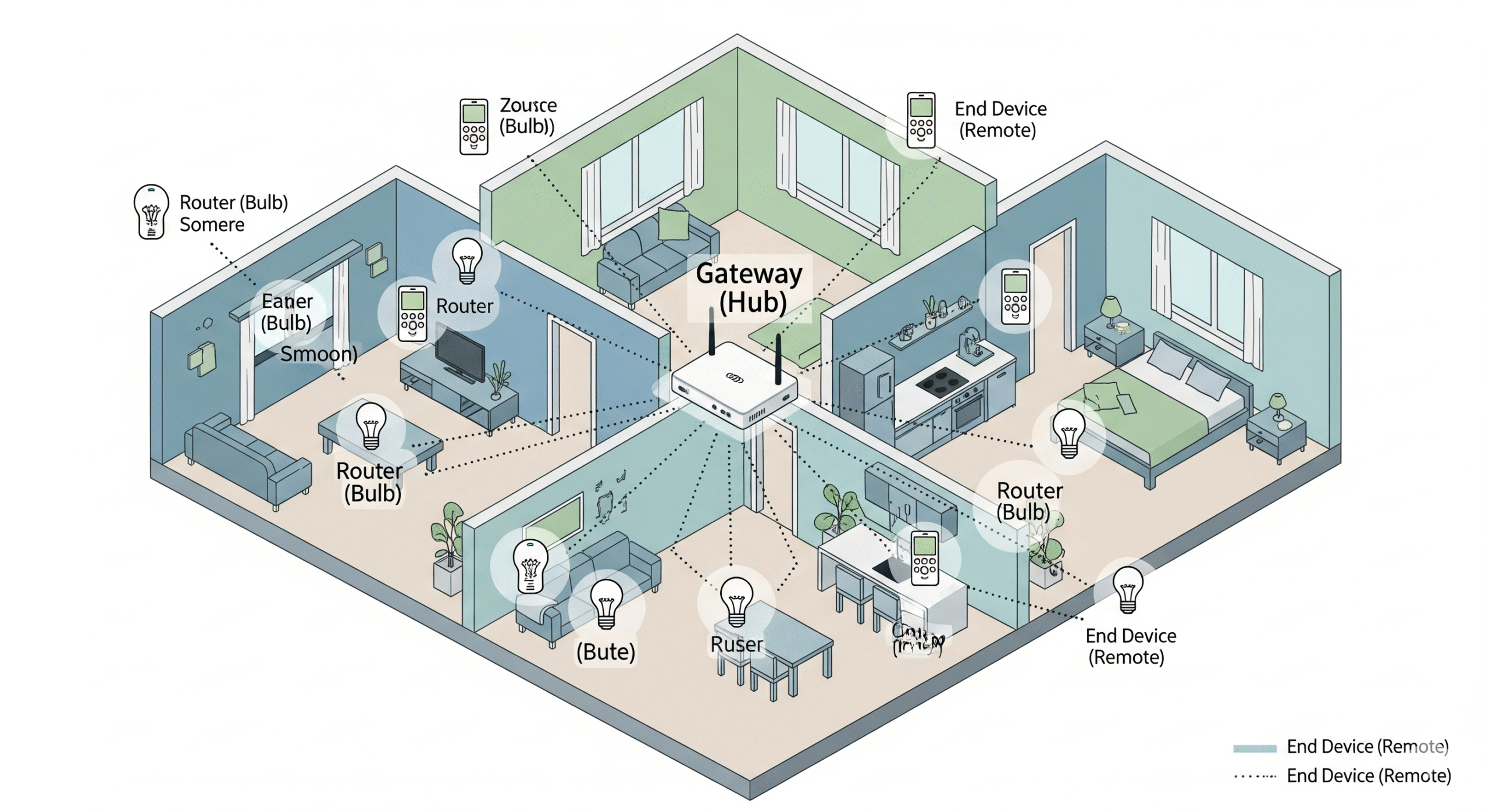
From Living Room to Factory Floor: Industrial IoT Lessons
What’s particularly interesting about IKEA’s ZigBee implementation is how closely it mirrors patterns used in industrial IoT deployments. The architecture follows a familiar topology: devices connect to a field network, which connects to a gateway, which connects to applications and the cloud.
In industrial settings, this might look like sensors and actuators connected to field buses, feeding into a SCADA system. IKEA’s approach is remarkably similarsmart devices connect to a ZigBee mesh, feeding into the DIRIGERA hub, which then connects to the IKEA Home app and cloud services.
This parallel extends to asset management too. The DIRIGERA hub maintains an inventory of all connected devices, tracking their capabilities, firmware versions, and operational status. In industrial contexts, this kind of information would be managed through an “OT CMDB” (Operational Technology Configuration Management Database).
Perhaps most importantly, IKEA implements edge automation through local rules and scenes that work even when the internet connection fails. This resilience principle is fundamental to industrial IoT, where production can’t stop just because the cloud is unreachable.
The Evolution from TRÅDFRI to DIRIGERA
IKEA’s smart home journey started with the TRÅDFRI gatewaya simple but effective hub that connected ZigBee devices to Wi-Fi networks. The newer DIRIGERA hub represents a significant evolution, offering better user experience, more processing power, and crucially, support for Matter as a bridge protocol.
This bridge approach is particularly clever. Rather than abandoning their mature ZigBee infrastructure, IKEA is using DIRIGERA to expose ZigBee devices to Matter/Thread ecosystems. This hybrid strategy allows them to maintain their proven “inward” technology while providing “outward” interoperability with other smart home platforms.
It’s a lesson that applies beyond smart homes: sometimes the best path forward isn’t replacing what works, but building bridges to new standards.
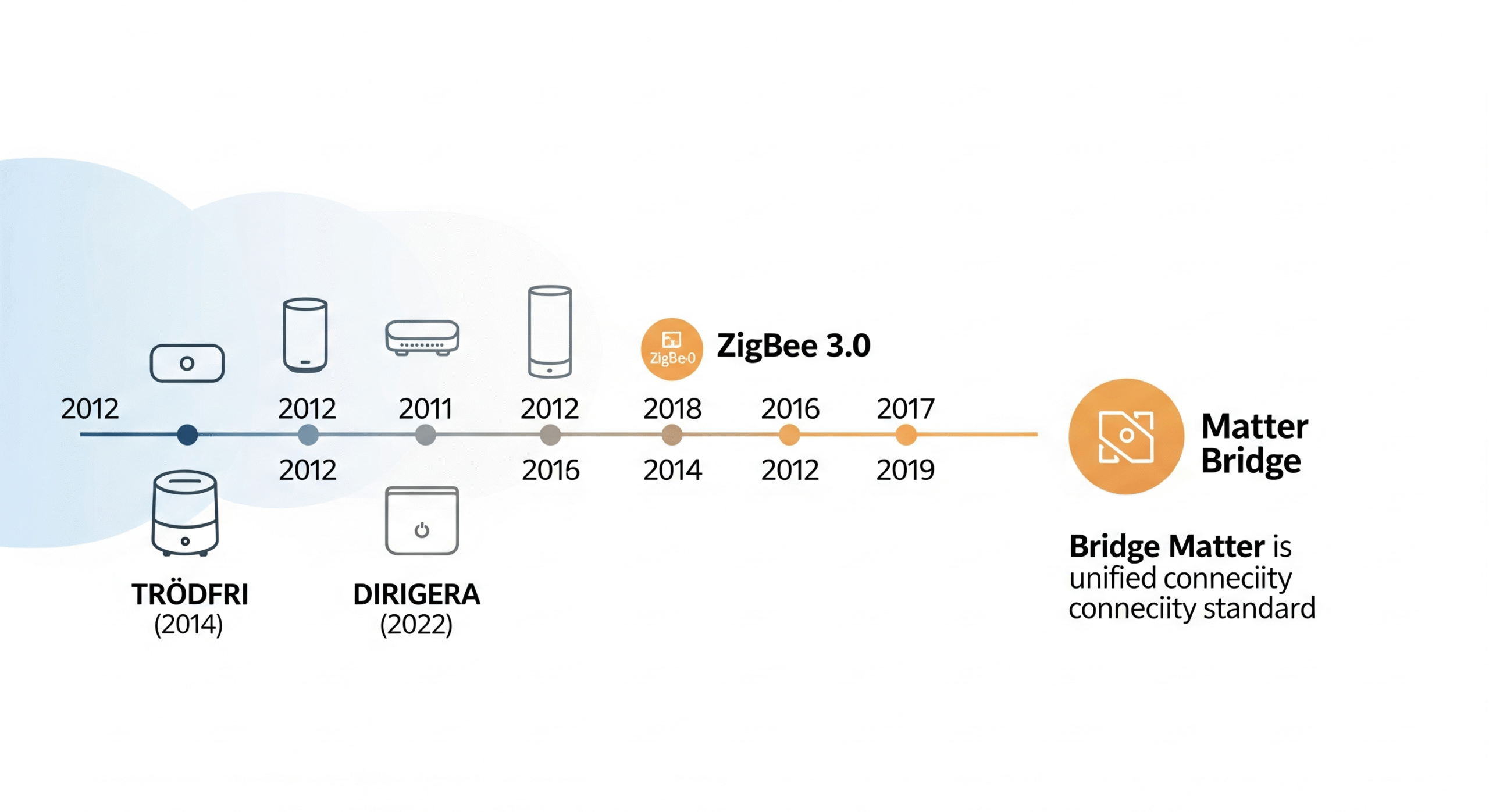
When ZigBee Hits Its Limits
Despite its advantages, ZigBee isn’t perfect for every IoT application. The protocol wasn’t designed for deterministic, millisecond-level control needed in critical industrial processes. If you’re building a safety system for a factory assembly line, ZigBee’s variable latency makes it unsuitable.
Radio frequency coexistence is another challenge. The 2.4 GHz band is crowded with Wi-Fi, Bluetooth, and microwave ovens. In dense urban environments or large deployments, careful channel planning becomes essential. IKEA’s devices are designed to automatically find the best channels, but interference can still cause connectivity issues.
Scaling is the third major limitation. While ZigBee networks can theoretically support thousands of devices, real-world deployments with hundreds of nodes require careful network design, including strategic placement of router devices and sometimes partitioning into multiple networks with separate coordinators.
The Art of “Invisible” IoT
What IKEA has mastered is making IoT technology disappear from the user’s perspective. One-touch pairing requires robust device discovery, well-managed encryption keys, consistent device profiles, and thoughtful app design. When it works seamlessly, users never think about the underlying complexity. Another example of companies doing something similar is PHD with its Smart Home systems.
The grouping and naming features that seem so simple are actually sophisticated data modeling challenges. The hub has to represent rooms, zones, and device relationships as software entities with useful metadata, all while keeping the interface intuitive for non-technical users.
Even the telemetry is carefully tunedjust enough data to operate and diagnose issues, but not so much that it drains batteries or creates network noise.
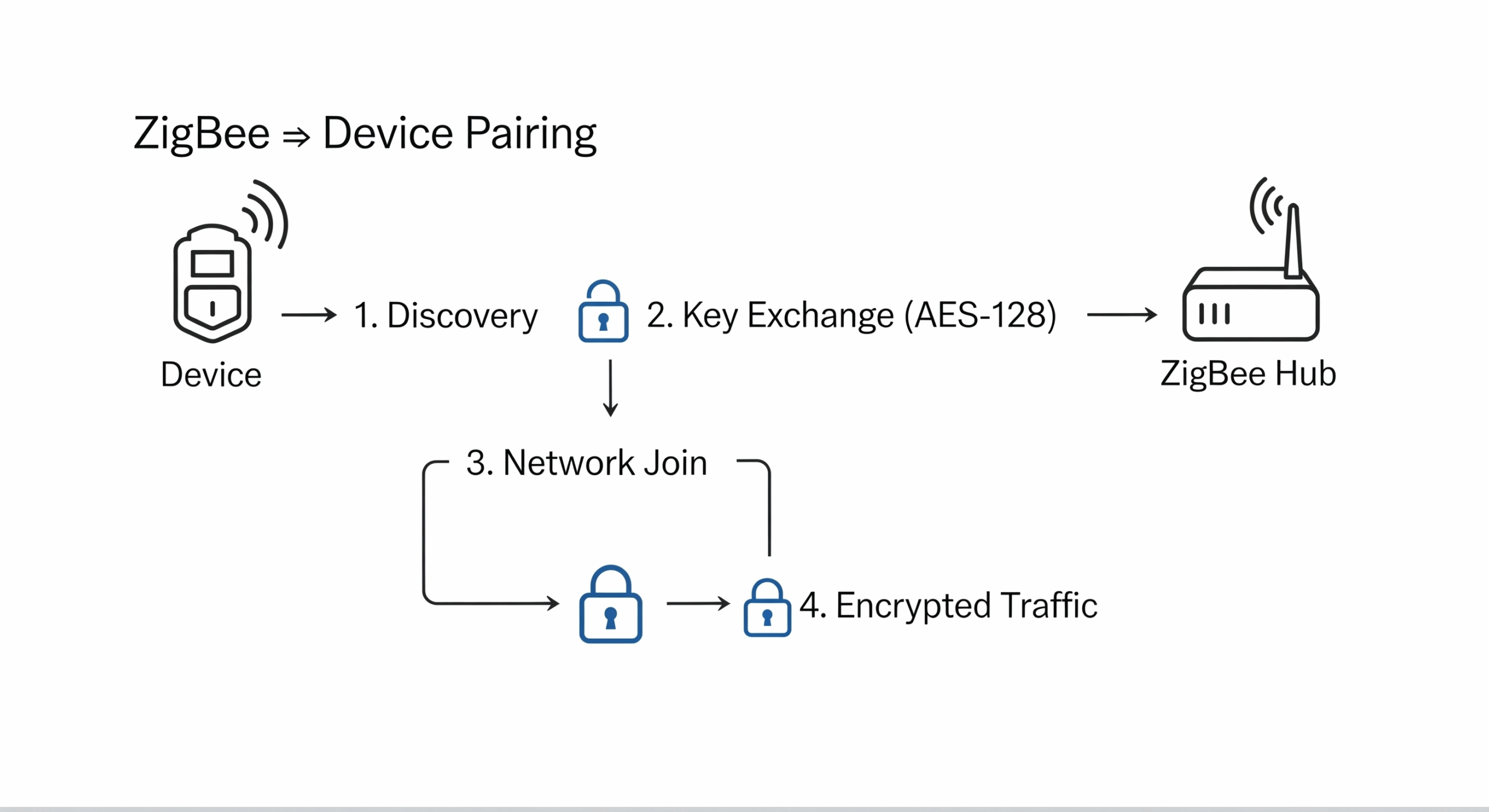
Bringing IKEA’s Lessons to Your IoT Project
Whether you’re building a smart office system or an industrial monitoring solution, IKEA’s approach offers several practical insights:
Start with the right communication protocol for your use case. ZigBee works well for low-power, mesh applications, but you might need Thread for IP-native networks, BLE Mesh for ultra-low power devices, or LoRaWAN for long-range sensing.
Design your gateway as more than just a communication bridge. Think about local intelligence, device management, security enforcement, and offline capabilities. The gateway often becomes the most critical component in your entire system.
Plan for over-the-air updates from day one. IKEA’s ability to push new features and bug fixes to deployed devices has been crucial to their success. Make sure your update system includes rollback capabilities and planned maintenance windows for industrial applications.
Finally, don’t underestimate the importance of observability. IKEA’s hubs track device health, signal strength, battery levels, and pairing status. This telemetry is invisible to most users but essential for maintaining a reliable system.
The Future of Consumer IoT
IKEA’s success with ZigBee-based smart home products proves that consumer IoT doesn’t have to be complicated to be sophisticated. By focusing on user experience while building on proven industrial networking principles, they’ve created a system that “just works” for millions of users.
As Matter and Thread gain adoption, we’ll likely see IKEA continue their bridge strategymaintaining their ZigBee backbone while providing connectivity to new ecosystems. It’s an approach that other IoT companies would be wise to study: evolution over revolution, proven technology over bleeding-edge protocols, and always, always prioritize the user experience.
The next time you walk past an IKEA smart bulb, remember that you’re looking at a masterclass in consumer IoT designcomplex engineering hidden behind Swedish simplicity.
